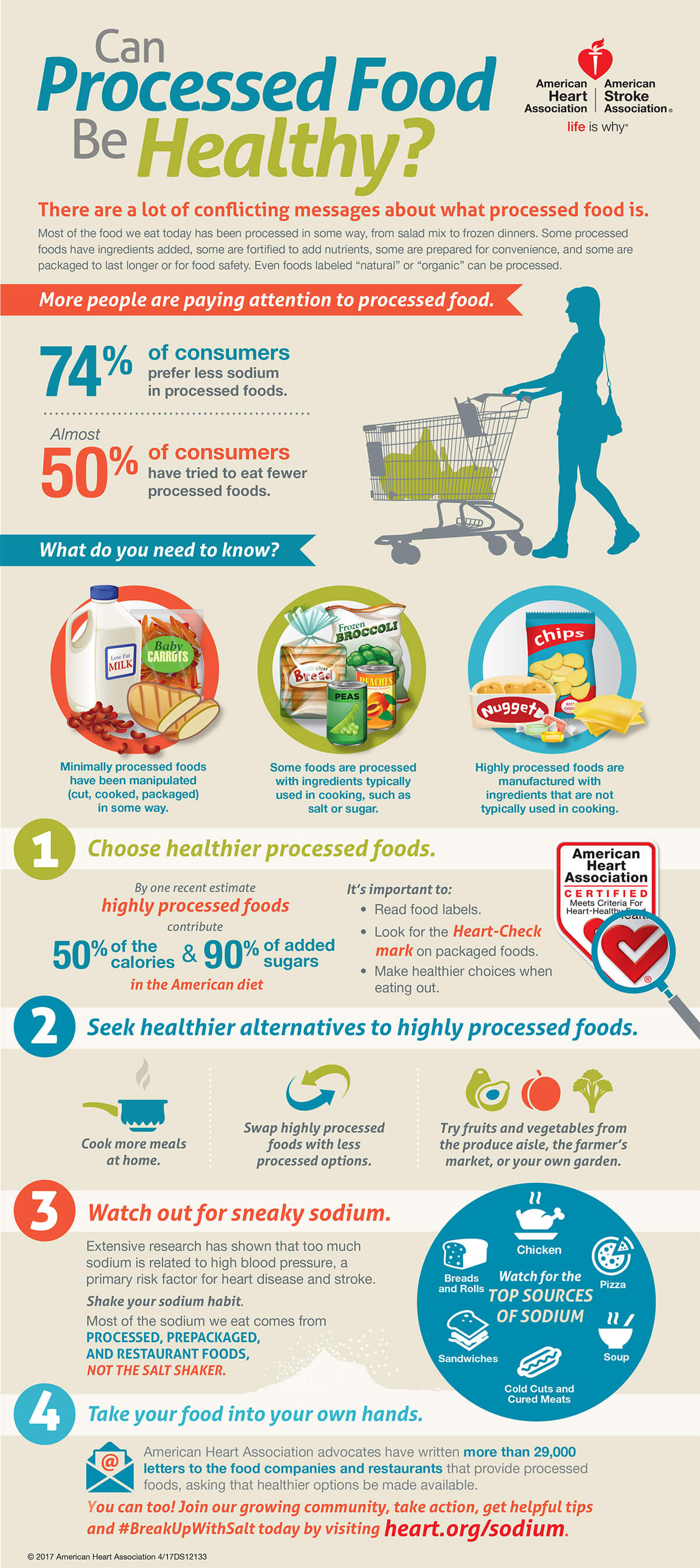This Write-Up Help You To Recognize The Hernia Surgical Procedure

Content create by-Grantham Bentley
A hernia is a vulnerable point in the muscle or connective tissue of your abdominal area. It can trigger discomfort, discomfort or even infection if not treated.
Hernia repair service has boosted dramatically for many years. This is because brand-new surgical techniques and clinical tools supply a selection of options for rupture repair work. The objective is to repair ruptures safely as well as properly while decreasing healing time and the risk of reappearance.
Persistent Rupture
Hernia surgery can fix hernias that are creating pain, extreme or consistent signs, or if you go to risk of difficulties. Nevertheless, hernias can return after surgery if the cells has been repaired incorrectly.
If a rupture returns in a weak location of your fascia, or connective tissue, it may require rupture modification surgical treatment. This is typically recommended if you had an infection that quit your fascia from recovery correctly or if the rupture is returning near where the original hernia was.
Surgical hernia repair services can be done using open surgical treatment or laparoscopically, depending upon your problem and the cosmetic surgeon's know-how. Both approaches involve drawing the cells with each other as well as suturing it.
As a whole, individuals need to be able to participate in regular tasks at home within a few days of their rupture repair work. Nonetheless, some individuals might need to be limited from raising heavy items and strenuous task for a few weeks after surgical treatment.
Umbilical Hernia
An umbilical hernia occurs when a loophole of intestinal tract presses with the muscle wall surface near the navel (belly button). It might come to be larger or larger if a kid does things that trigger stress in the belly, such as coughing, straining to poop, or raising something.
A baby with an umbilical rupture normally closes on its own by age 1 or 2. Nonetheless, https://www.mlssoccer.com/news/atlanta-uniteds-mo-adams-undergoes-successful-sports-hernia-surgery-out-4-6-week are not closed on their very own, needing surgical procedure to fix them.
Hernia surgery is the most usual method to treat an umbilical rupture. It's a little procedure that takes around 30 minutes and typically includes general anesthesia.
The specialist will certainly then position solid stitches or an artificial mesh over the weak spot in the muscle mass. This will certainly offer long-term stamina to aid prevent the hernia from recurring.
Incisional Hernia
If an incisional rupture creates troubles, it's usually treated with surgery. This is called hernia repair work.
Normally, incisional hernias establish at or near medical scars in the abdomen, however they can additionally take place at other areas of the body. Ruptures at these various other locations, referred to as parastomal ruptures or spigelias, are much less common.
The risk of developing an incisional hernia boosts if you have actually had particular kinds of surgeries on your stomach area, including a surgical treatment to get rid of a gallbladder or spleen. https://markets.financialcontent.com/tamarsecurities/article/pressadvantage-2022-12-19-iskandar-complex-hernia-center-publishes-article-discussing-resuming-sex-after-hernia-surgery is due to the fact that these operations are performed with big lacerations (cuts).
Most individuals that have an incisional hernia need therapy to take care of the hernia and also make certain it does not grow. This can include open rupture surgical procedure and also minimally intrusive or keyhole surgery, often called "laparoscopic" rupture repair.
Vaginal Hernia
A vaginal rupture takes place when an organ (such as the anus, bladder or uterus) bulges right into the vaginal area. These prolapses can take place while pregnant, childbirth or when the pelvic floor muscular tissues compromise due to aging.
The pelvic flooring is a network of muscles and also connective tissue that holds the bladder, anus, cervix as well as womb in position. These frameworks can come to be weakened or stretched by age or other variables, such as injury, surgical treatment, chronic coughing and heavy lifting.
When this occurs, the organs might drop down right into the vagina. Doctors identify this condition as a pelvic organ prolapse as well as classify it by the area in which the body organ has fallen down into the vaginal area, such as cystocele, rectocele or vaginal safe prolapse.
There are a range of therapy alternatives offered, however medical repair service is generally the most effective selection for extreme prolapses. An item of the patient's tissue (or tissue from a contributor) is utilized to put the pelvic body organs back into place as well as hold them there.

